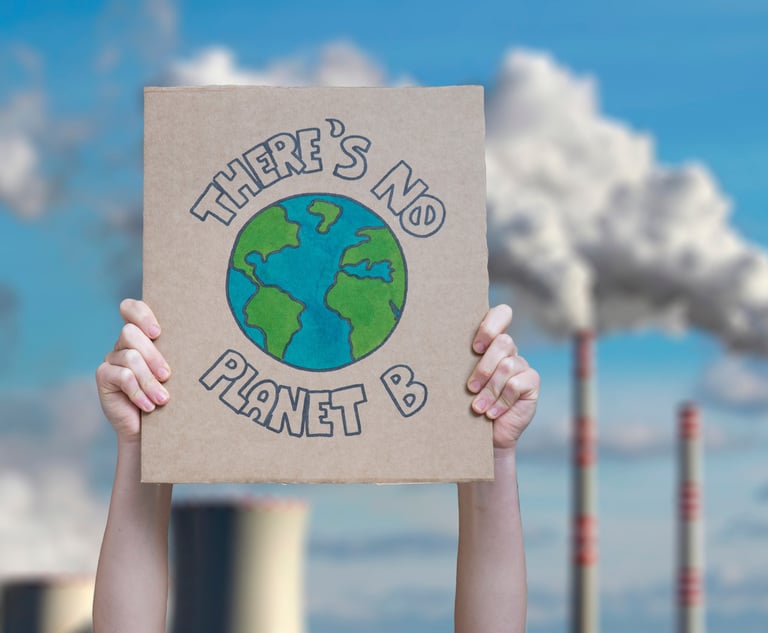WASHINGTON—Standard & Poor's Ratings Services saysin a new paper that reinsurers are taking a “huge risk” by rulingout the potential that climate change is already impacting theirexposure to catastrophic losses.
|Indeed, reinsurers might be underestimating their exposure toextreme weather by an average of about 50%, the paper says.
|The article “Climate Change Could Sting Reinsurers That Underestimate Its Impact,” waspublished Tuesday.
|The paper argues that the possibility that climate change isalready affecting the frequency and severity of extreme eventscannot be ruled out, even if it cannot be quantified exactly.
|To examine the potential impact, S&P analysts created ascenario based on the past 10 years' loss experience to test thepotential impact of climate change.
|The paper cited the data reinsurers use to project estimatedrisk.
|“However, most reinsurers do not believe that climate change ishaving a material quantifiable impact on their current riskexposure, nor do they think it is likely to do so in the nearfuture,' the paper argues, and that could be costly.
|The projection that reinsurers might be underestimating theirexposure to catastrophe losses by an average of about 50% was basedon this scenario.
|“It's unwise” to rule out the possibility that climate changehas already begun to affect reinsurers' risk exposure, especiallygiven the number of catastrophe events recently triggered byextreme weather.
|Reinsurers are taking a huge risk by not taking potentialclimate into account in evaluating their potential exposure tocatastrophes, the analysts said.
|The scenario is based on the fact that for most reinsurers,their highest catastrophe losses over the past 10 years occurred ineither 2005 or 2011. Specifically, these events included HurricanesKatrina, Rita, and Wilma, which occurred in 2005 in the U.S. In2011, catastrophe losses included weather related events: Thaifloods, tornados in the U.S., Hurricane Irene, and flooding inAustralia.
|“Given this recent history, we think it's prudent to ask: If thecatastrophe losses of 2005 and 2011 were to become the new normal',what would it mean to the reinsurance industry's catastropheexposure and, ultimately, to its ratings?” the analysts said.
|They acknowledge that, “While this scenario is simplistic, itillustrates that reinsurers' exposure to catastrophe losses couldbe substantially higher than they currently estimate, with climatechange likely being a major factor.”
Want to continue reading?
Become a Free PropertyCasualty360 Digital Reader
Your access to unlimited PropertyCasualty360 content isn’t changing.
Once you are an ALM digital member, you’ll receive:
- All PropertyCasualty360.com news coverage, best practices, and in-depth analysis.
- Educational webcasts, resources from industry leaders, and informative newsletters.
- Other award-winning websites including BenefitsPRO.com and ThinkAdvisor.com.
Already have an account? Sign In
© 2024 ALM Global, LLC, All Rights Reserved. Request academic re-use from www.copyright.com. All other uses, submit a request to [email protected]. For more information visit Asset & Logo Licensing.








